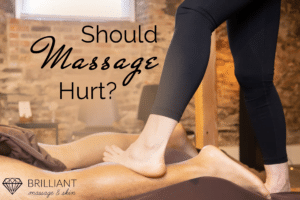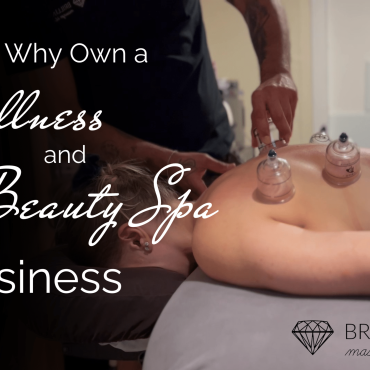Should Massage Hurt?


Deep Tissue Massage might cause some discomfort….
A deep tissue massage is when the massage therapist manipulates the deeper layers of your soft tissue. Soft tissue includes your muscles, ligaments, fascia, and tendons (it’s pretty much everything that isn’t bones or organs). Usually, your massage therapist will use lotions or oil and will work lighter at first. Working light, in the beginning, is essential. It helps relax the top layer of tissue and muscle, meaning less pain for you. Then the deeper layers of power can be worked on more efficiently and with less pain. You will feel much better and will get better results!
Typically, deep tissue massage is recommended for those with chronic pain caused by tight muscles or injuries. Deep tissue massage can be very therapeutic because it helps relieve tension patterns developed over time and help with muscle injuries. With a good deep tissue session, the massage will feel more relaxed after the massage if no pain is endured. It’s hard (nearly impossible) to relax if you are in pain, and muscle tension will release you into a state of relaxation.
Deep tissue massage is not for everyone! You are not a wimp if you don’t like it. It is one of the more involved and intense massage techniques. Some people like feeling more pressure; a firm massage isn’t always deep tissue. Just be sure to communicate with your therapist about what you prefer and need. Speak up your therapist will appreciate your feedback. Happy clients are regular clients, and your therapist wants you to love your massage.
Pain versus Discomfort

Don’t go into the massage thinking there won’t be any discomfort, though. Pain and discomfort are two different things. People usually describe the discomfort as a “good hurt,” – especially about getting a massage. When you experience pain during a massage, it is more than discomfort and could even cause bruising or injury.
Everybody has different tolerances for pain, so a painful massage for one person may not be painful for you. If you find that your massage therapist isn’t working between your tolerance levels for pain, you must say something. Massages should rarely cause you physical pain, and very rarely is it okay for you to be left with marks on your body afterward.
If you are booking your first massage, you probably don’t want to start with a deep tissue session. Ease your way into massage therapy and start with something less specific, like Swedish or integrative massage.
Most therapists combine massage techniques and will try to give you the best massage for you.
Call us now or book a massage to experience different massage techniques our massage therapists can offer.
Brilliant Massage & Skin
Burlington, Vermont


